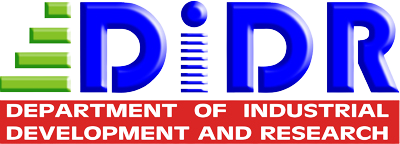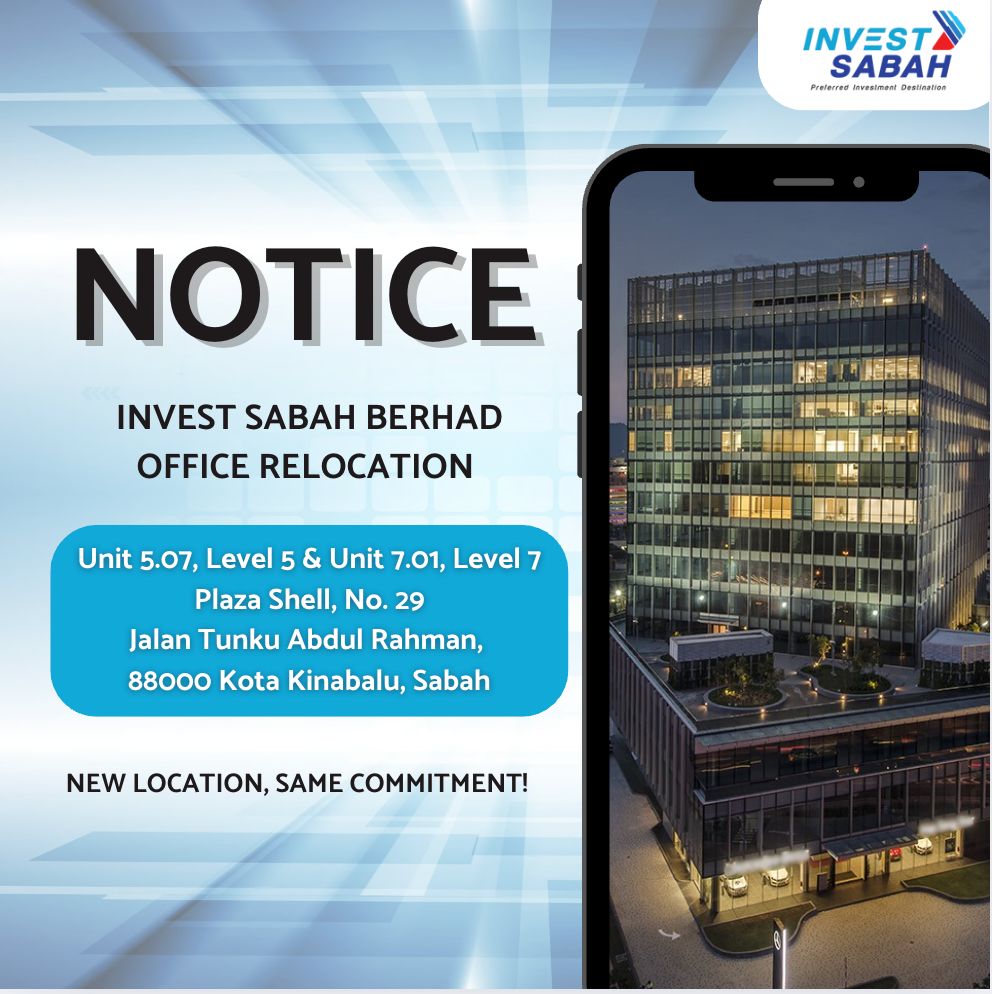Home » Investment Opportunities
Investment Opportunities
Sabah, a region ripe with investment opportunities spanning key sectors: Manufacturing, Tourism, Human Capital, Agriculture, and Infrastructure & Utilities.
Explore the diverse potential of this dynamic region, ripe for investment and growth
Positioned at the forefront of manufacturing, Sabah’s advantageous location and skilled workforce foster an environment conducive to operational excellence. Meanwhile, the region’s captivating natural beauty serves as a cornerstone for the burgeoning tourism sector, promising lucrative returns for astute investors. Through a steadfast commitment to human capital development, Sabah cultivates a workforce renowned for its innovation and adaptability. Leveraging the richness of its fertile lands, Sabah’s agricultural sector presents a wealth of opportunities spanning palm oil, rubber, and beyond. Additionally, strategic investments in infrastructure and utilities underscore Sabah’s commitment to seamless connectivity and sustainable progress.
Join us in Sabah and embark on a journey towards corporate success within these pivotal clusters.
The Core Clusters of Sabah:

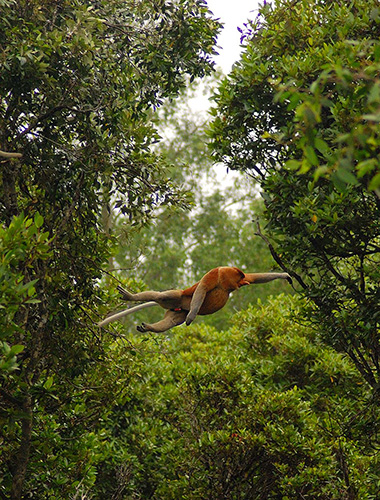

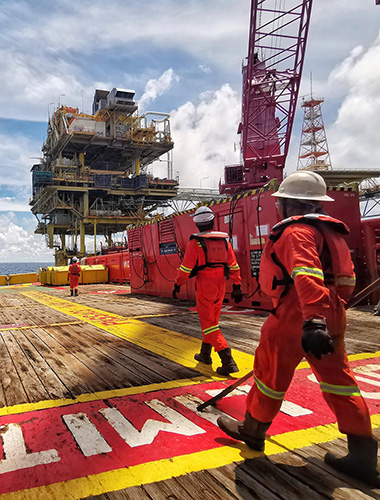
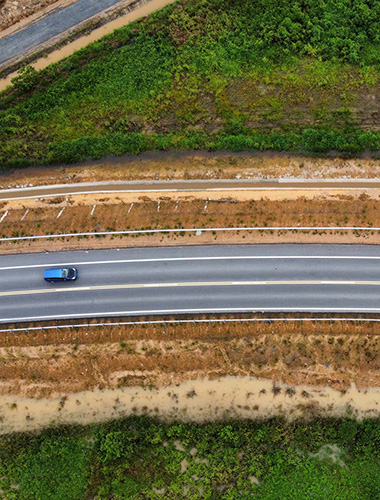
Previous
Next
Ready to invest? Talk to our team today.
We provide assistance to facilitate your business.
Core Clusters
Sabah, a region ripe with investment opportunities spanning five key sectors: Manufacturing, Tourism, Human Capital, Agriculture, and Infrastructure & Utilities.
Manufacturing
Sabah’s economy traditionally relies on oil, gas, timber, and agriculture. However, recent improvements in infrastructure are driving economic diversification into heavy industries.
11.5 bil
Investment Value in 2022
Human Capital
The advancement of Malaysia toward a knowledge-based and higher-value economy relies on the development of a highly skilled workforce.
HIGHEST LABOUR FORCE
Highest labour force participation in Malaysia
3.4 Mil
2nd largest population in Malaysia
Tourism
Sabah has positioned itself as a sought-after destination for culture, adventure, and nature, aiming to capture a larger share of the global meetings, incentives, conferences, and exhibitions market.
UNESCO TRIPLE CROWN
Alongside Jeju Island & Shennongjia
4,095 meters
Home to the the highest peak in Southeast Asia, Mount Kinabalu
Diving heaven
Sipadan Island is listed as one of the best dive sites in the world
2ND BUSIEST AIRPORT
KKIA being the main gateway to Sabah
Agriculture
The strategy for the agriculture sector revolves around leveraging cutting-edge technology to elevate the income of traditional farmers, breeders, and fishermen.
SAIP 2.0
Sabah Agro Industrial Precinct 2.0
HALAL HUB STATUS
Meat Downstream Processing Industry
Foot & Mouth Disease Free
Certified by WHO
Infrastructure & Utilities
The Ministry of Works Sabah and the Federal Works Ministry oversee infrastructure development, including Roads (Highways, Industrial, Agricultural), Water (Dams, Water Treatment, NRW Management), Railways, Transport
Services (Sky Trains, Tram Services), Sewerage Construction, Marine Ports services, and Licensing.
5 Airports
Sabah has a network of five airports
8 Ports
Sabah has a total of 8 ports
Pan Borneo Highway
5,324-kilometre Pan Borneo Highway




